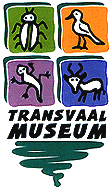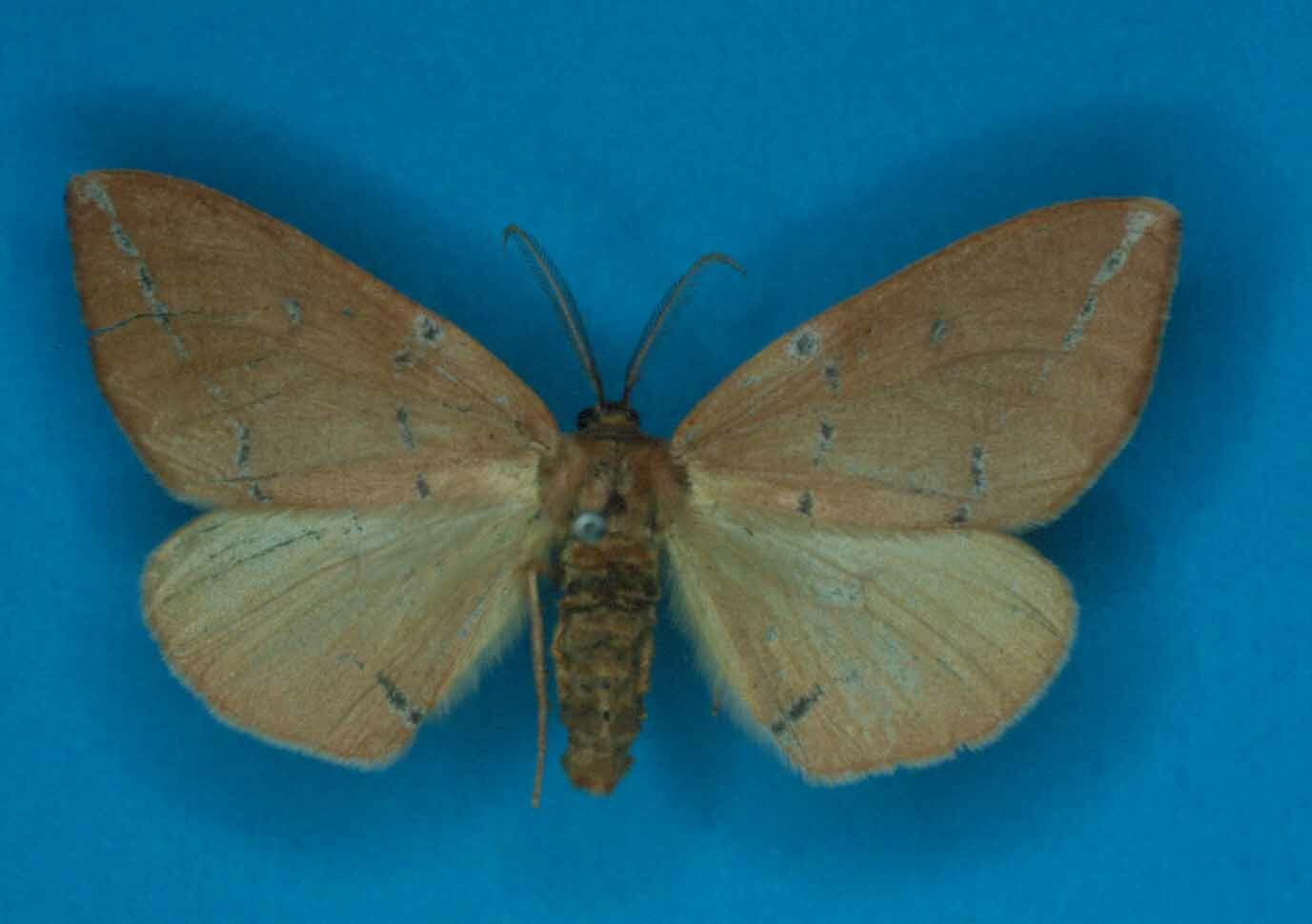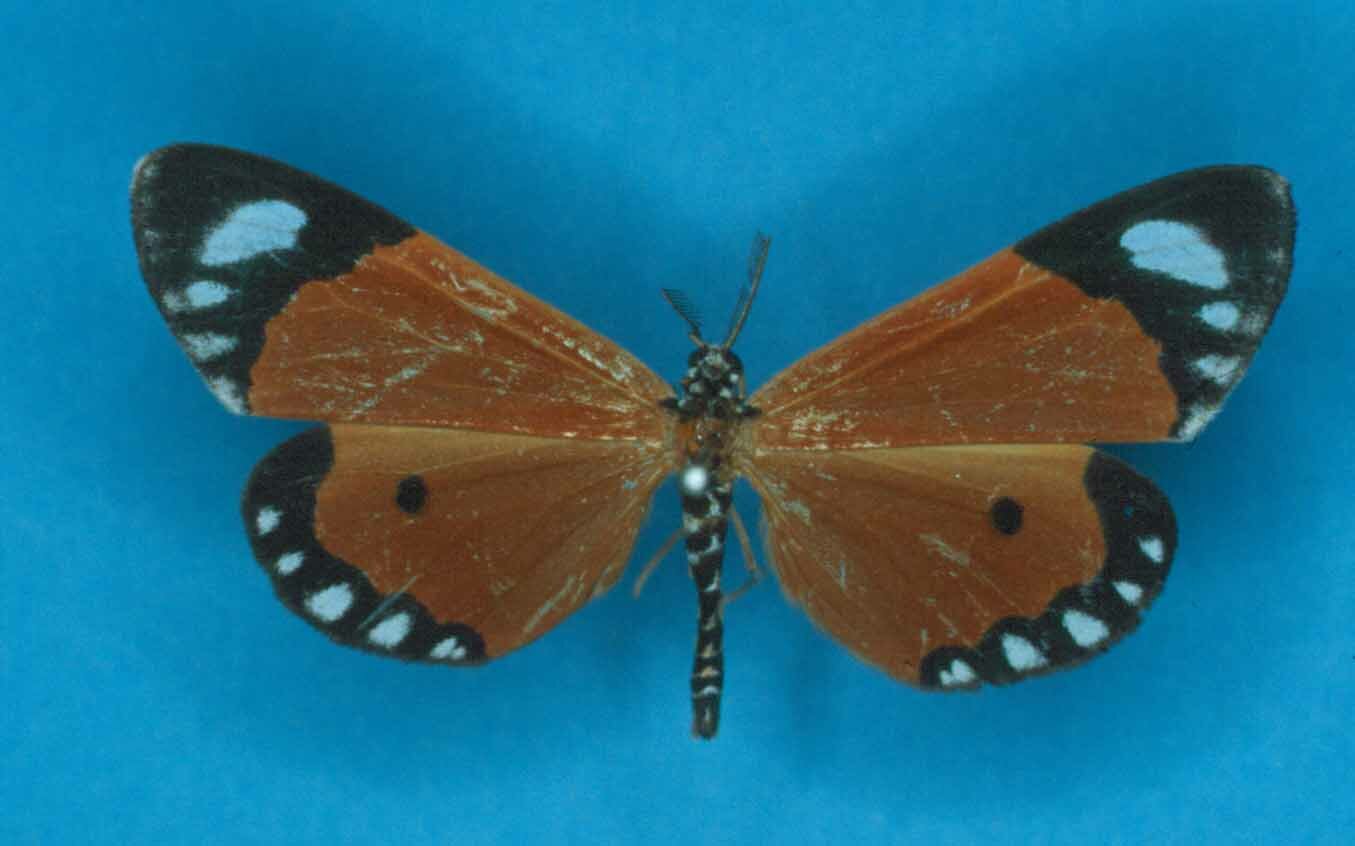
E - MAIL
Principal Researcher
Collection Manager (Invertebrates)
Mrs Stephina Mataboge
Preparator
Mr Peter Mothibe
Preparator
Identification Fees
Collecting Permits
in South Africa
Department of Invertebrates
Lepidoptera Collection
What makes a butterfly a butterfly? In common with many other insects, adult butterflies have antennae, compound eyes, 3 pairs thoracic legs, a hard exoskeleton, and a body that is divided into three parts: the head, thorax, and the abdomen. Uniquely, a butterfly's outer body is covered by tiny sensory hairs and the wings are covered by scales.
Collecting & Preserving Insects (Manual for sale at Museum)
|
General From early on in history, the focus of its collecting activities extended across southern Africa, and today there exists, in addition to South Africa, comprehensive holdings especially from Namibia, Zimbabwe and Swaziland, with Botswana, southern Mozambique and Lesotho being somewhat under-represented. |
  |
Silk producing moths (Thaumetopoeidae) Gregarious caterpillars
The head carries many sensory apparati for the butterfly. A butterfly's compound eye enables it to be aware of its immediate surroundings through a large angle. The pair of are clubbed in most butterflies. On the underside of the head is the paired proboscis, which is used to suck nectar from flowers.
The thorax consists of three segments with a pair of legs attached to each segment. The front pair of legs are non-functional and reduced in length in some families of butterflies. The thorax also contains the flight muscles, which are attached to the base of the wings. Internally, the thorax houses the large muscles that control the wings and legs.
The abdomen contains the bulk of the digestive, excretory, and reproductive organs. At the end of the abdomen are the sexual apparati, which contain many characteristics used by taxonomists as an aid in identifying species
|
Research In selecting groups for revision, priority is given to taxa that are rich in endemics in the study area, and biogeography forms an important supporting line of investigation. Recent Publications - click |
|
|
|
|
|